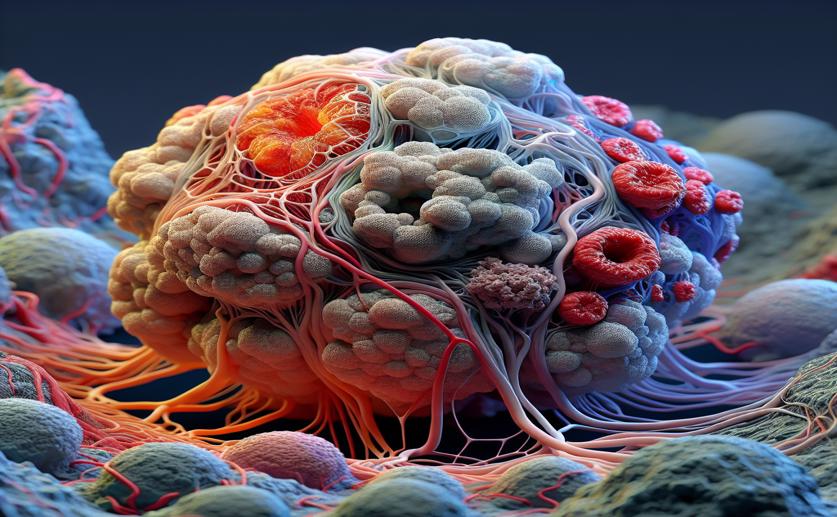
Exploring Cancer Complexity: 3D Models Offer New Insights
Phil Stevens
24th January, 2024

Image Source: Natural Science News, 2024
References
Main Study
1) Modelling the complex nature of the tumor microenvironment: 3D tumor spheroids as an evolving tool.
Published 23rd January, 2024
https://doi.org/10.1186/s12929-024-00997-9



 18th January, 2024 | David Palenski
18th January, 2024 | David Palenski